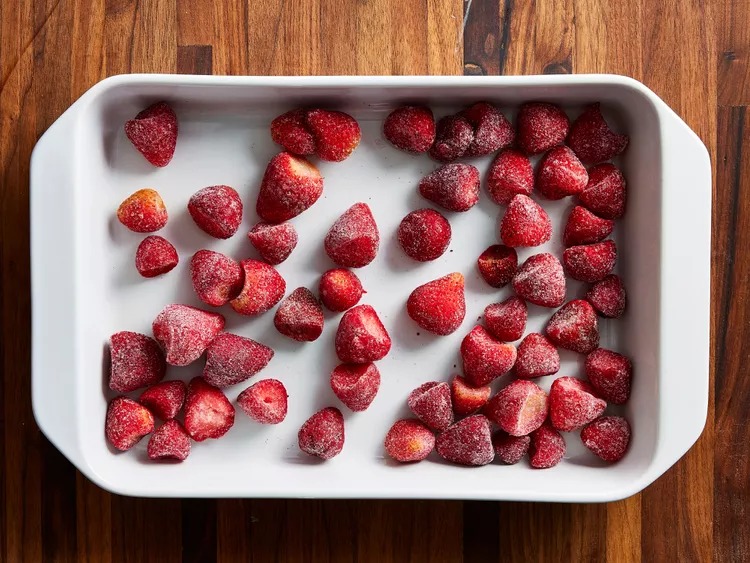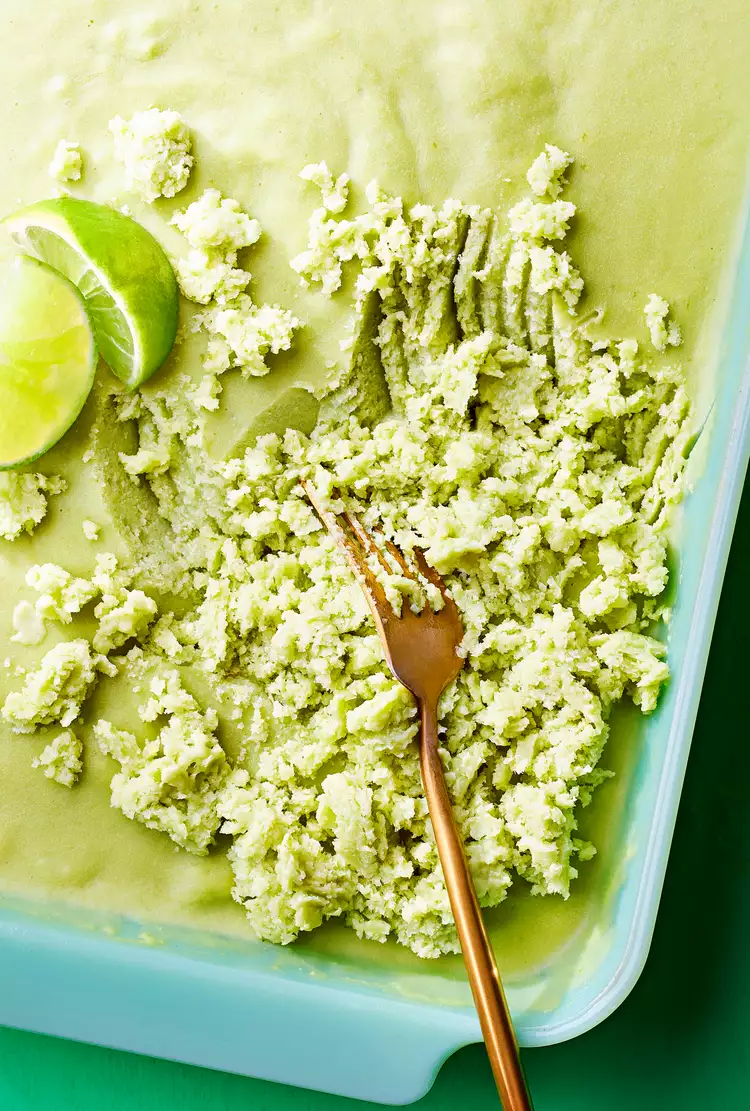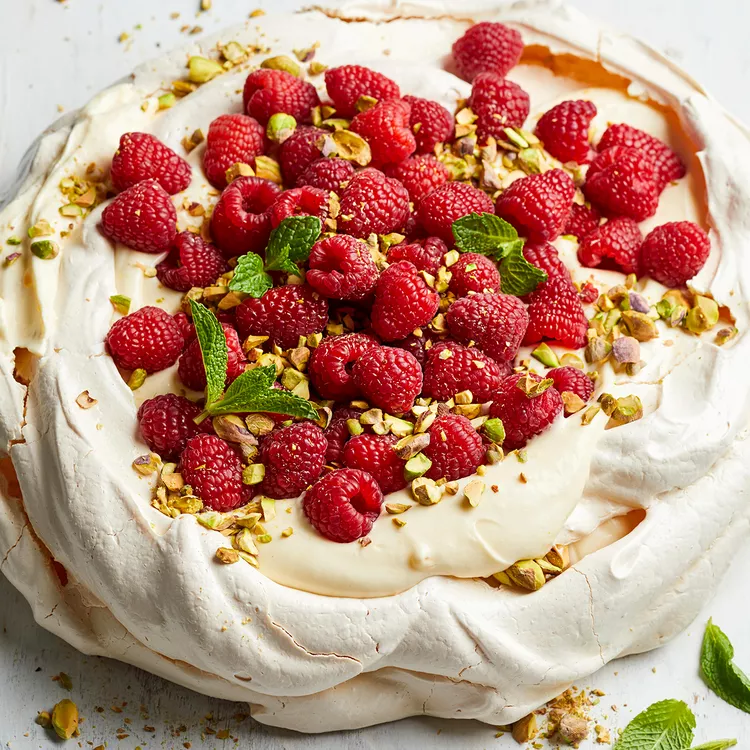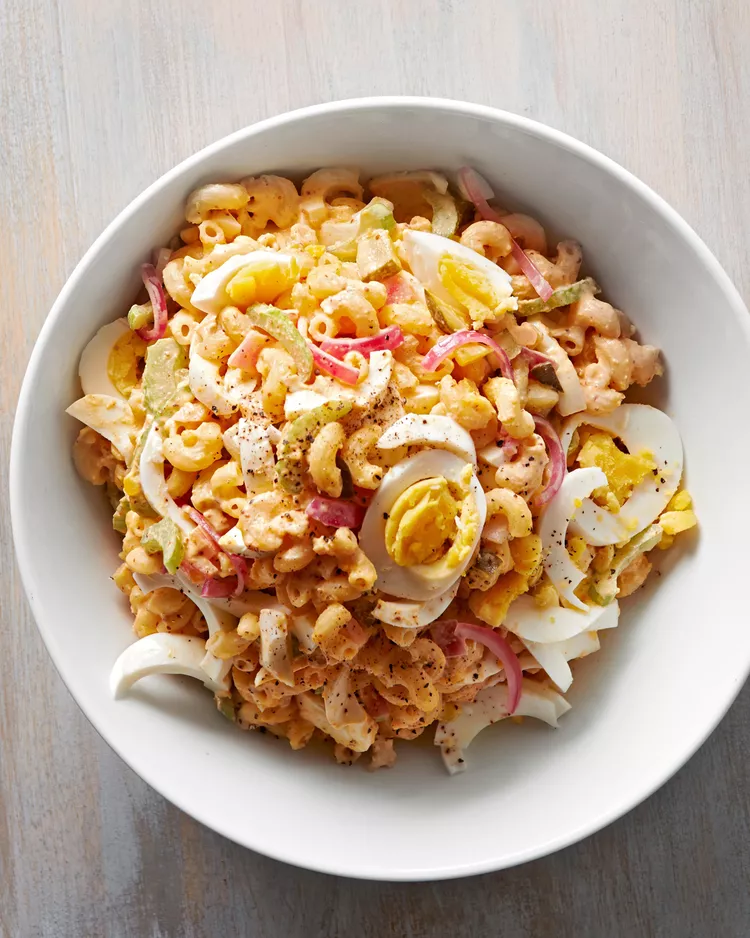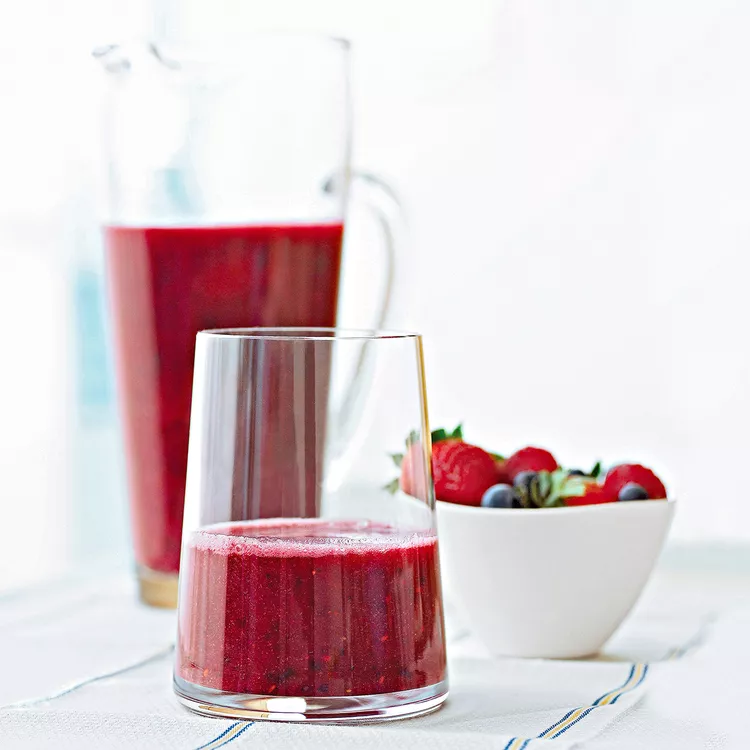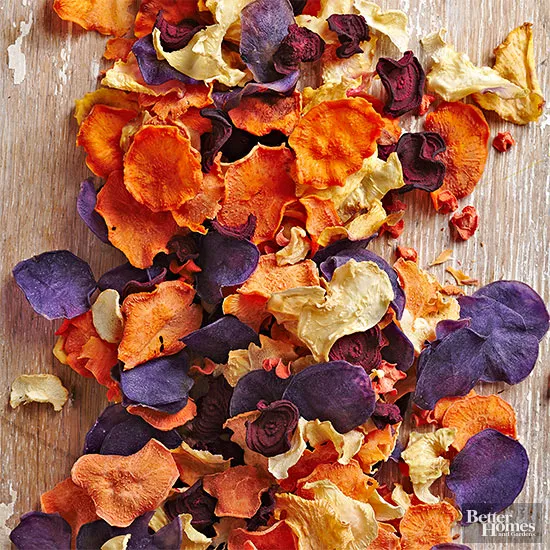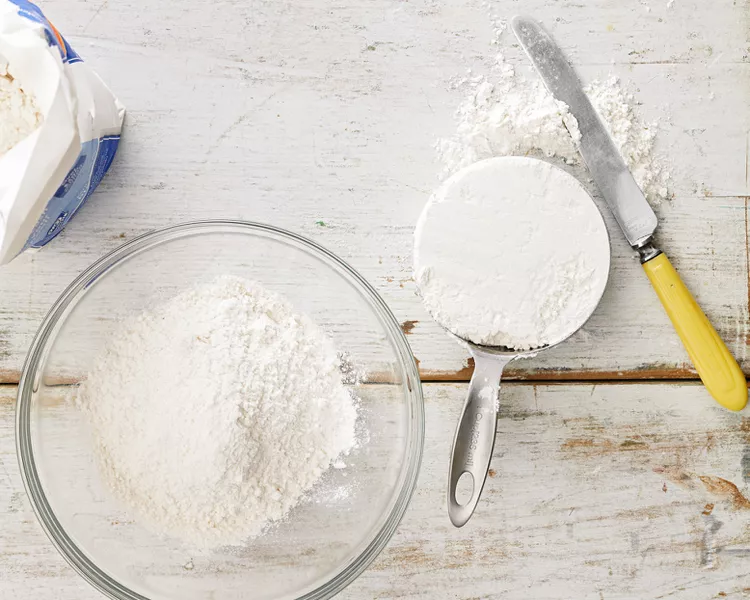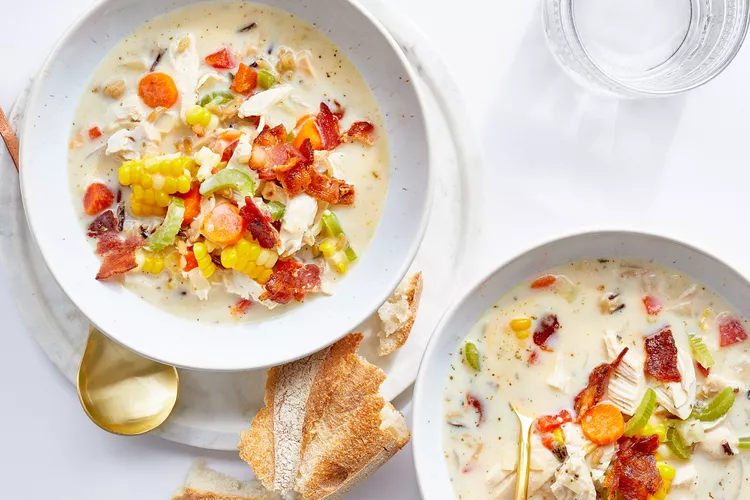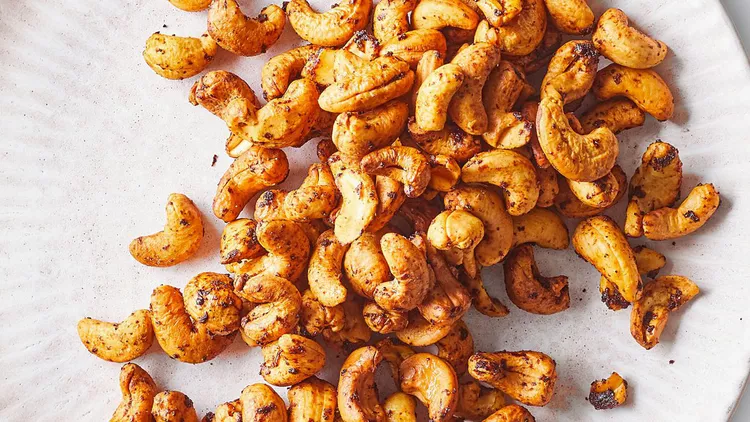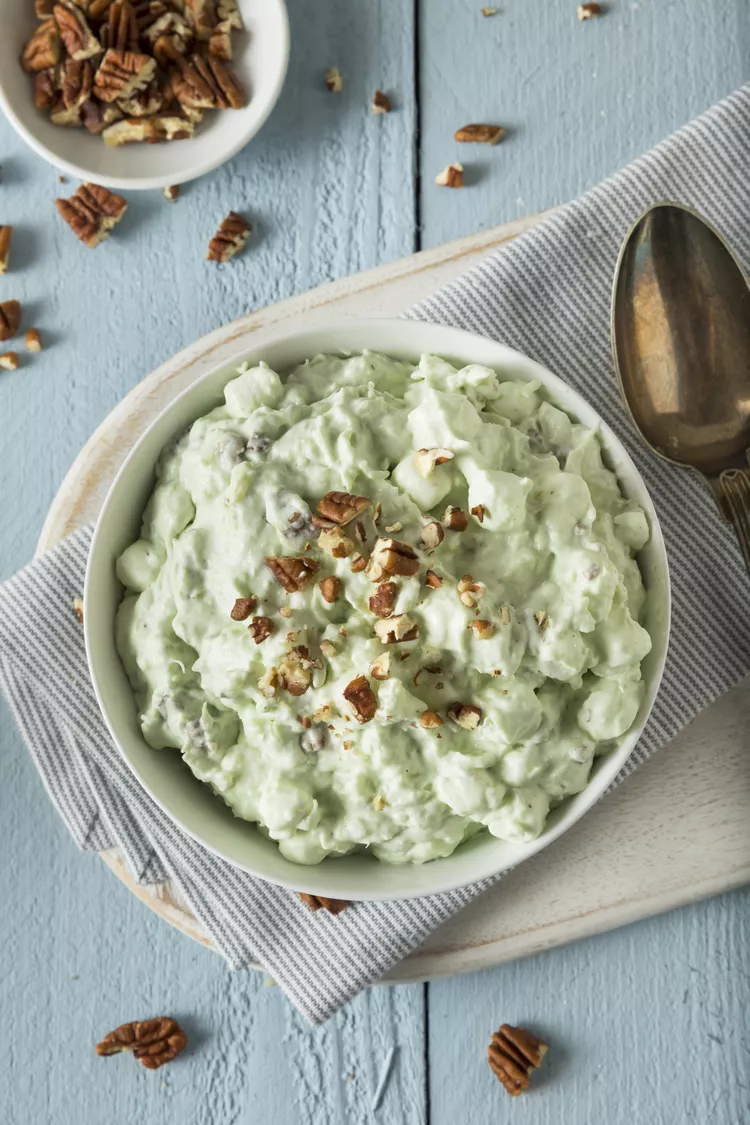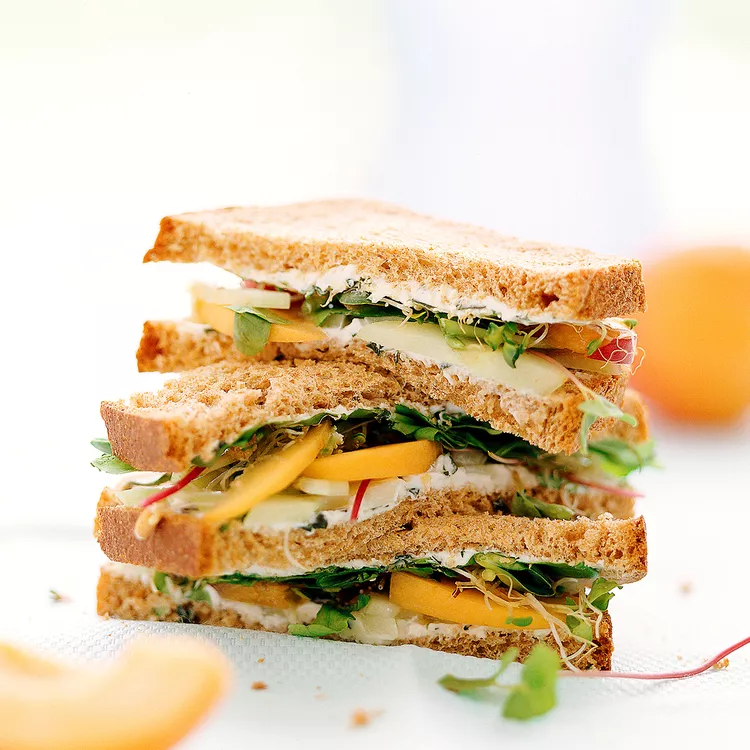When baking delicate, delicious sweet treats at home, you might come across a recipe calling for sifted flour. But is sifting flour necessary? That depends. Sifting flour is recommended for some desserts where the goal is light, delicate, and fluffy results (think angel food cakes, sponge cakes, and chiffon cakes). However, sifting flour isn't a must for desserts that are chewy or crisp, like cookies.
Sifting flour through a sieve or sifter helps break up clumps and aerates the ingredients. In the past, sifted flour also allowed for more accurate measuring results. Read on to learn about sifting flour for cookies and what baking steps you should follow to produce the perfect results you want.
Should You Sift Flour for Cookies?
Fortunately, our Test Kitchen says you can skip the extra step of sifting flour when making cookies. Thanks to advances in the commercial production of flour, most bags are labeled as "presifted," and therefore won't be clumped or in different granule sizes. This applies to pretty much all flours (i.e. all-purpose, whole-wheat, gluten-free, etc.).
The most important thing our Test Kitchen wants you to note, however, is that accurately measuring flour is critical to the success of your cookies. Always measure flour with your trusty nested dry measuring cups ($15, Target). Glass or plastic cups with graduated measurements on the sides and spouts are meant for liquids. If you use a liquid measuring cup for flour, you could end up with an extra tablespoon or more per cup. Too much flour in your cookie recipe could yield a dense cookie.
Get our best tips for measuring ingredients correctly, so your chocolate chip cookies (or whatever delicious cookie recipe you're making) turn out the same every time.
